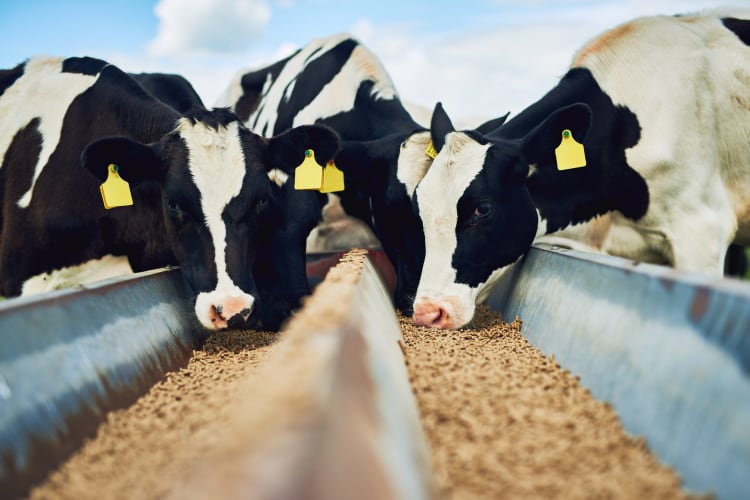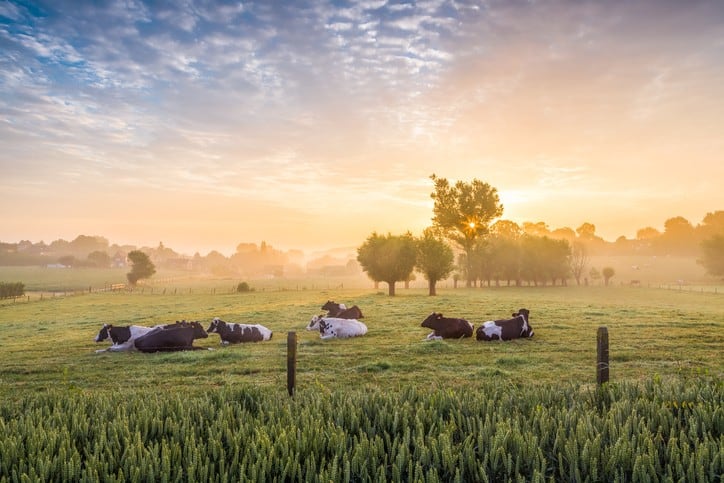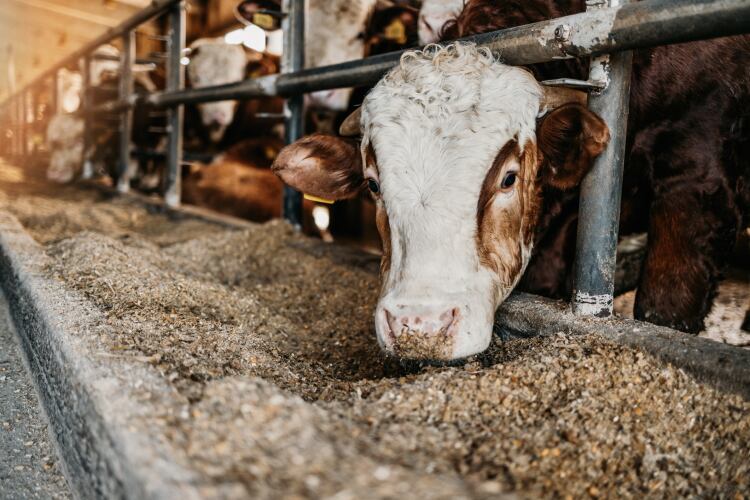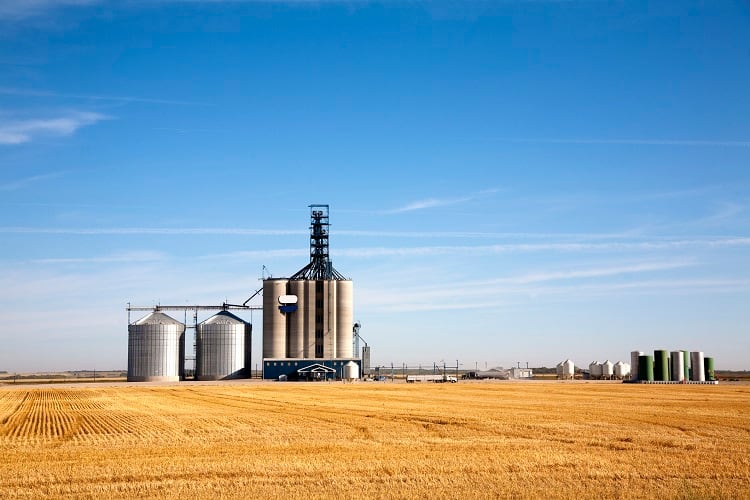DSM has published its latest vitamin supplementation guidelines for animal feed – and there are several important adjustments for dairy cattle.
Designed to inform farmers about the amount of vitamins and other nutrients they should include in their animals’ diets to achieve optimal results, the latest Optimum Vitamin Nutrition (OVN) guidelines have been updated by specialists in nutrition including academic experts, who have reviewed academic literature, industry practices and current recommendations.
The recommendations are updated every several years and the current paper is designed to apply for the next five to 10 years. The previous guidelines were released in 2016.
What’s new for dairy?
The latest revisions have been released to factor in an increase in product efficiency in various segments, according to the company. For example, milk production in the US has improved at 1% yearly since 2016. “Vitamins needed to support lactation are not static and should be continuously reviewed and evaluated to match efficiency and production rates,” explained Mark Engstrom, vitamin manager, essential products North America at DSM.
“For example, recent research has shown that supplementing 800mg B-carotene per day to pre-fresh dairy cows improved colostrum color and quality and provided a readily available source of B-carotene to the calf,” he continued.
“Additionally, new data from the US highlighted a variation of vitamin D levels in dairy cows showing that some herds were deficient whilst others were borderline deficient.”
Another study had revealed that grazing improved vitamin E and B-carotene levels, he added, but does not prevent the drop in vitamin E observed at calving.
Therefore, new recommendations concern the administration of vitamins A, D and E, niacin and biotin. For vitamin E, the paper lists an increase to 1,100; for niacin, to between 6,000-12,000, and for vitamin A to between 80,000-120,000. Biotin has also been increased from 20 to between 20 and 40.
“Biotin supplemented at 40mg per head per day improves significantly the quality of the newly-formed horn covering the sole ulcers,” Engstrom added. “Vtamin A consumption has increased to 120,000. The addition of supplementing cows with the right levels of vitamin D, biotin, niacin and B-carotene as well as vitamin A and E, optimises performance and milk quality as well as improving health and welfare of cattle.”
The link to sustainable farming practices
DSM has also claimed that its latest nutrition recommendations could also boost sustainability. Explaining the evidence that has informed this, Engstrom said: “New DSM research has highlighted several key changes to ruminant diets and nutrition that can contribute significantly to more sustainable farming practices.
“Firstly, the administration of fat-soluble vitamins lowers the somatic cell count in dairy cows, which improves meat quality and reduces wastage. Additionally, optimal vitamin and pre-mixed vitamin levels improves fat and protein corrected milk yield per investment, improving profitability.”
He concluded: “Feeding cows the optimized levels of vitamins support peak health and performance across the board and ensures a longer milking lifespan, thereby reducing costs, increasing profits and improving sustainability.”
DSM’s Optimum Vitamin Nutrition guidelines are available now as a free download from the company’s website.




